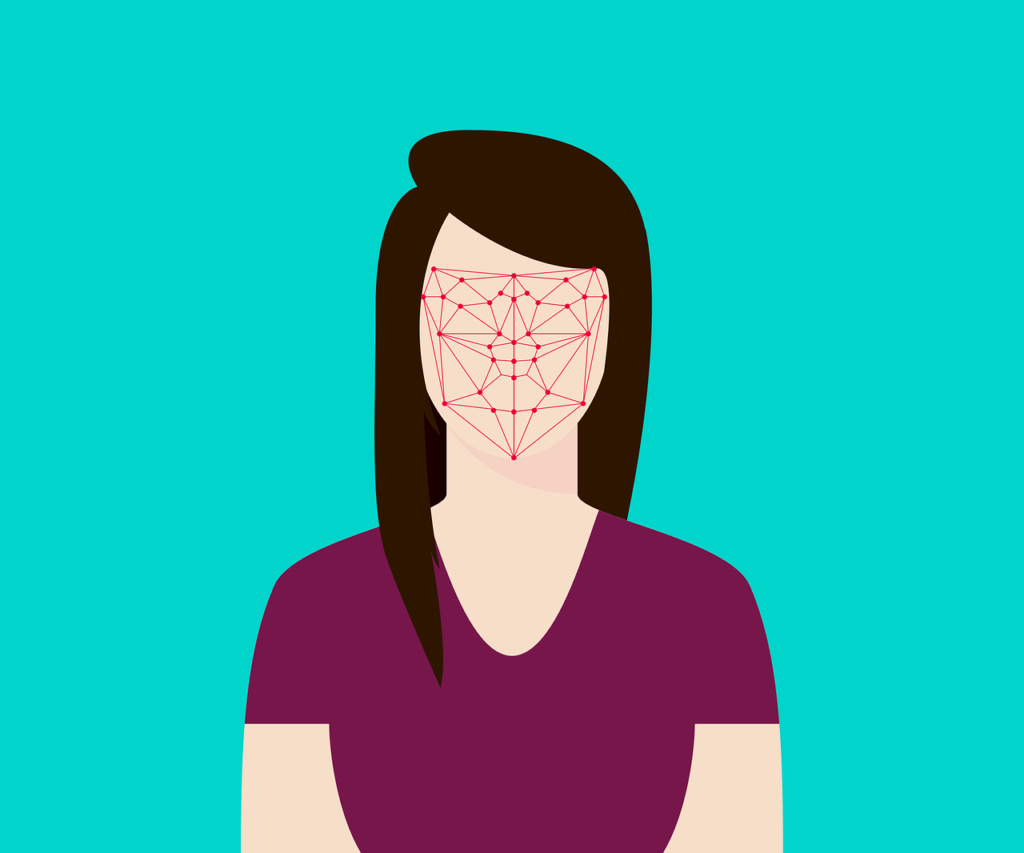In the United Kingdom alone, there are over 1.3 million business events held annually — that’s more than 3500 a day.
Given the sheer quantity of conferences, seminars, meetings and exhibitions on offer, creating an engaging event is crucial when it comes to crafting a memorable experience. If your message isn’t compelling enough, it will get drowned out by the noise.
There are plenty of ways you can achieve this goal. From sourcing the best conference venues to hiring exciting and emotive speakers, event organizers have a myriad of tools at their disposal. Another of these powerful tools is the use of technology.
The integration of technology within events has the potential to produce an adaptive and enriching experience that goes beyond that of the normal business conference or exhibition. It can allow you to develop an event that cultivates the very best results, whatever you are after.
So what modern technology can you include within your event to have it stand out from the crowd?
5 Tech Innovations to Make Your Next Event Stand Out

#1. Facial Recognition
Facial recognition is rapidly moving from a technology of the future to a technology of the present.
Now available even on smartphones and other personal devices, it provides a very personal form of access. Inclusion of facial recognition technology within your event has two key benefits:
(i) Streamlined Access
Facial recognition can make it very easy for people to move freely around your event. If attendees pay or sign up for different levels of access, on-the-door technology will ensure the right people have access to the right places.
Streamlined access can also reduce the need for individual checks, remove queues and keep your event flowing.
(ii) It’s Impressive
If you want people talking about your event, promoting it to other people and making the next one sound irresistible, adding something like facial recognition entry is any easy way of getting conversations started.
#2. Virtual Reality
Virtual reality (VR) is another fascinating form of technology that can create immersive event experiences that improve upon on less-effective solutions.
For example, you can integrate virtual reality into your showroom, allowing individuals who cannot make the event in person to take in exhibitions and booths through a virtual experience. This method is an improvement on previous ways of sharing materials, where you may provide videos or images.
If VR can be used to transport those not at your event to your event digitally, it can also do the reverse. Let’s say you are a construction company showcasing a new build as part of an exhibition.
You cannot bring the build to the event, but you can design a virtual reality tour of your build that event attendees can view.
A virtual tour gives attendees up close and personal engagement with your build. It allows them to get a more authentic sense of your project than other options like photos.
#3. Dedicated Mobile Applications
As with all technology, as the mobile app has aged, the cost of building one has gone down. The price of mobile app development is now an entirely realistic expense, making it something that can help your attendees get the most from your event.
Mobile apps are easily accessible, interactive pieces of technology. With up to 95% of people owning a smartphone, a mobile app for your event is something everyone can access.
Integrated with event notes, speaker bios, timetables, exhibition details, booking information, floorplans, added extras, and more, a mobile app can make for a genuinely useful interactive tool.
#4. Augmented Reality
Augmented reality (AR) is essentially a reality overlay. You take a real space — such as your event floor — and overlay digital imagery on it using a screen. This screen is often a smartphone but could be monitors and TVs. But how can you use this as part of an event?
The true benefits of augmented reality hinge on product visualization. The technology is an unparalleled way of displaying items you cannot actually bring to an event, such as a car. Using AR, you can showcase a digital build of a physical product in a way that is meaningful to attendees, without having the product available for them to see firsthand.
Product Visualization isn’t the only way you can roll out AR across your event. When combined with a mobile application, you can use it to provide new layers of interactivity to your event space.
An example of this would be a camera overlay that, when pointed towards different areas of your event, displays varying information.
In this scenario, if you had a workshop running throughout the day, attendees could book onto the course using your AR app near to a piece of workshop promotion. They could also see pop-ups about what’s involved, what the schedule is, etc.
#5. AI Hosts
Your event has a mission; it has a goal. Whether that’s attendee satisfaction, employee education, customer sales or audience interaction, there is an objective and a measurable result. While it’s easy to focus solely on outcomes, it’s also important to remember that this is, indeed, an event.
An event is a special occasion. It’s a culmination and a collection of things designed to produce an engaging experience for everyone involved. You don’t just want it to be functional, you want it to go beyond that, and what better way to achieve this than by bringing in a bit of showmanship?
Artificial intelligence has developed at a staggering pace in recent years, so much so that there are now around 10 million smart AI devices in UK households. It is becoming very accessible technology and it’s even possible to hire robotic hosts for events.
From taking drinks orders and providing event information to checking in attendees and leading them around the show floor, AI technology can create an incredibly exciting event.
On a functional level, it won’t provide much value, but from the perspective of a memorable experience, it’s going to captivate people like nothing else.
For events that are focused on new-age ideas, futuristic concepts or very modern workplaces, the inclusion of AI hosts could be a defining feature.
Author: James Speyer














